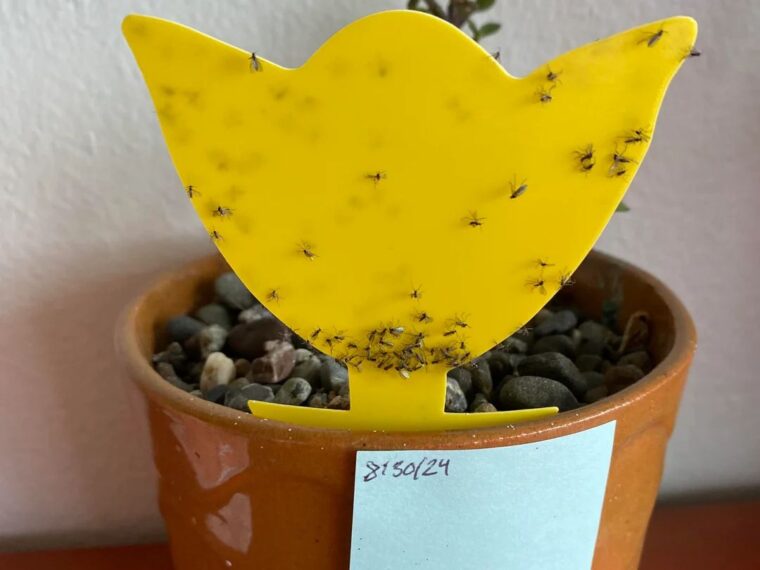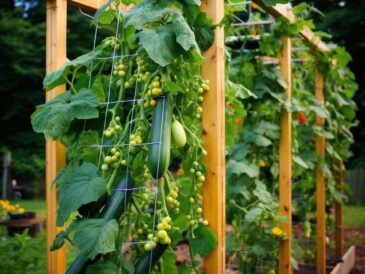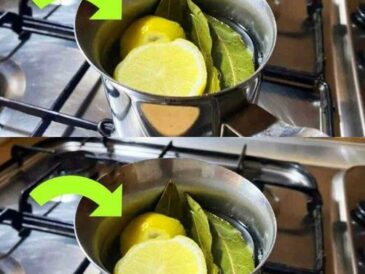Gnats in indoor plants are annoying. It’s not very uncommon to see gnats hovering around your favorite indoor plants in groups or even scuttling over the compost.
They not only spoil the beauty quotient but also bring in several problems related to plants’ health. These tiny winged critters that resemble mosquitoes or fruit flies are about ⅛ inches in length, mostly thrive on moist soil or plants’ decaying matter.
So, in this article, we will learn how to get rid of gnats in indoor plants.
Here are 10 practical ways to eliminate gnats around your indoor plants.
- Correct your watering regime and let the soil dry out between watering.
- Use a DIY vinegar fly trap.
- Use sticky fly traps around your plant pot.
- Invest in a good flycatcher.
- Spray some insecticidal solution on your plant.
- Spray soap water to rinse any existing pest.
- Use beneficial nematodes around your plants.
- Grow insectivorous plants.
- Cover the soil with some gravel or rocks.
- Spray neem oil solution on your plants.
As these creatures mainly occur due to damp potting mix, the best possible way to prevent them from taking over your plants is by avoiding overwatering.
But what if the damage has already been done and your plants have been afflicted with pesky gnats? But we are here to help. This article talks about some remedies and preventive measures for gnats. Let’s dive into the article to understand more.
What are gnats?
The most common type of flies found whizzing around indoor plants is the gnats (Sciaridae). These are tiny, slender winged insects that thrive in moist environments.
Apart from gnats, common fruit flies and house flies also roam around indoor plants, although they are not very harmful.
These winged insects complete their life cycle in 4 stages – egg, larva, pupa, and adult.
How to identify gnats?
One possible way to tell if your plants are in gnats’ grasp is by looking for the eggs. These tiny flies generally lay their eggs in the soil where the eggs hatch and larvae come out.
The young larvae, which are about ¼ inches long with shiny blackheads and transparent elongated bodies, mainly feed on fungus that grows in the damp soil mix. The eggs are tiny, yellowish-white in color.
Besides fungi, gnats are fond of organic matter and eat up plant roots and seedlings, making the plant wilt. Just like snails, gnats larvae leave behind a similar slime trail while locomoting. So if you notice any such trail, it is possibly of gnats infesting your plants.
They prefer light, so you may notice them even near a window, especially if indoor plants are nearby. Gnats are often confused with common fruit flies (Drosophila sp.), but unlike gnats, Drosophila lingers mostly around fruits and are tan in color.
Adult gnats are not real threats to plants and are quite treatable, but being voracious eaters, they are the most harmful flies at their larval stage. So if you notice any signs of gnat infestation, immediately go right with the remedies and work on the preventive measures.

How to get rid of gnats on your indoor plants?
Here we have talked about some best ways to get rid of these tiny nuisances.
You need:
- Yellow sticky traps
- Grit mulch
- Systemic insecticide
- Vinegar solution
- Indoor flycatcher
Although gnats can get on your nerves, getting rid of these unwelcomed flies is an easier task than you might think. Here are the best ways to deal with these.
Create a DIY trap using vinegar

Take one tbsp of sugar in a bowl, and then add 2-3 drops of sweet-smelling mild dish soap along with white vinegar into that bowl. Now cover this bowl tightly with cling wrap and make multiple small holes in that wrap.
Place the bowl near your infected houseplant and allow it to catch gnats overnight. Gnats get attracted by the mild sweet smell of the solution and get drowned in it.
Use sticky fly traps
If the pungent smell of vinegar puts you off, installing sticky traps can be an easy yet impactful way to cope with the gnats.
Sticky traps are easy to get, and you can hang them from any branch of your houseplant or place them on the potting soil to catch those unwanted critters.
Most adult gnats’ population can be controlled by this method, but you can reduce the number of eggs laid by them by cutting down their number.
Before installing the trap, do check that the trap and its sticky material are nontoxic. For maximum effectiveness, use a double-sided sticky trap.
Change the trap every few days whenever it becomes covered with gnats. Keep a safe distance between the plant’s leaves and the sticky trap.
Use indoor flycatcher
If you are experiencing a frequent infestation of these gnats even after applying different strategies, you may need to invest in fly-catching devices.
Indoor flycatchers are devices that are USB powered that use LED lights and fans to attract flies and gnats, which then get sucked into the trap placed inside the catcher.
continue reading in page 2




